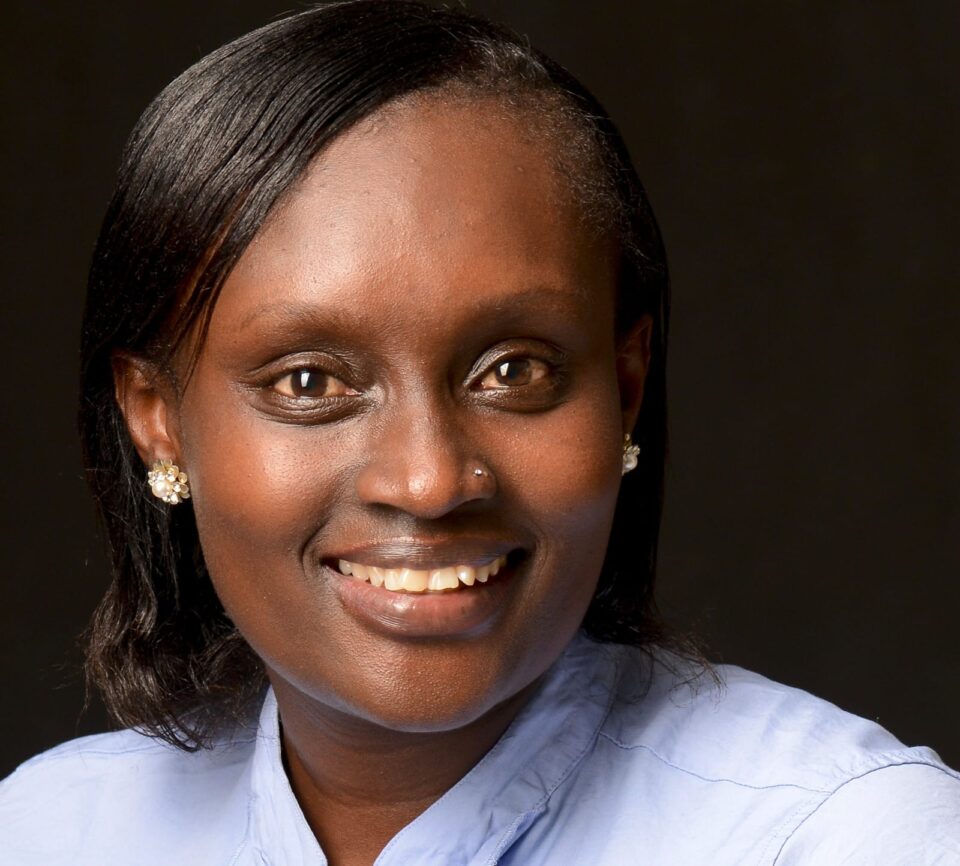As the globe marks the World AIDS DAY 2021 on December 1, social scientist Faith Mwende writes that she is disturbed by the rapid increase in HV infections among the adolescents and young people and calls on Kenya and the rest of the world not to drop the ball.
Kenya has over the past three decades made big gains in the fight against HIV and AIDS. The Kenya HIV Estimates 2020, indicates that there has been a 44% reduction in new HIV infections from a high of 75,000 in 2010 to 41,416 in 2019 with a decline of AIDS-related deaths in the same period by 59%.
With all the gains, unfortunately this year’s World AIDS Day is being marked against the backdrop of disturbing news of the rapid increase in HIV infections among the adolescents and young people as well as the COVID-19 pandemic.
This is worrying and can affect the gains made in the fight against HIV/AIDS over the years. This calls for more concerted efforts and renewed strategies by all players both within government, citizens, non-governmental and development partners so that this drawback can be addressed.
Adolescent and young people aged 15-29 years account for approximately 61.2% of all new adult HIV infections, which stands at 21,176 out 34,610 people (14,218 females and 6958 males), it is important to note that this age group also contribute to 304,348 people living with HIV out of which 206,968 are female and 97,380 male.
As it is said, numbers don’t lie and for sure, it is important to focus on this age group because the indications are clear that if the new infections in this age group reduce, then we will be winning in changing the tide in HIV infections in Kenya.
As we commemorate World AIDS Day 2021, I would like to focus on this special group, age group of people who are still in school, some have started their employment journey and others started having their own families.
The Kenya AIDS Strategic Framework II targets at reducing HIV infections by 75% by the year 2024/25, for this to be achieved we need to invest and strategically plan on interventions which will lead us to this realization.
How can this be done? There is no magic bullet in reducing new HIV infections hence a cocktail of strategies, interventions and innovations need to be in place but most importantly, we need the target age group at the center of this drive.
Just like a rope is woven with many strands to make it strong, in the same way we all need to be at the table for the realization of this goal.
As we commemorate World AIDS Day, let us remember that we all play a role in ending new infections, ending stigma and in making the world a better place.
The writer is a Social Scientist based in Nairobi and can be reached on email: faithmwende915@gmail.com

